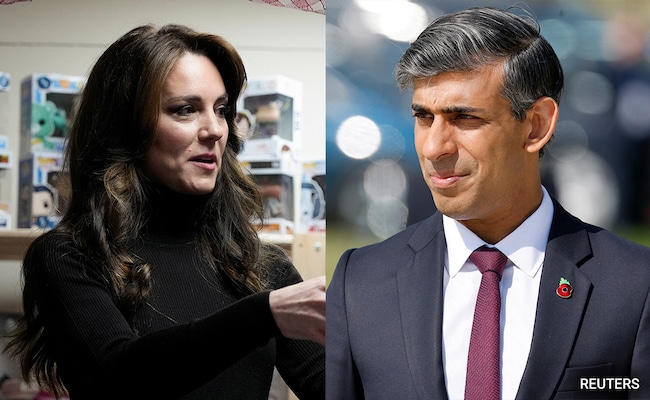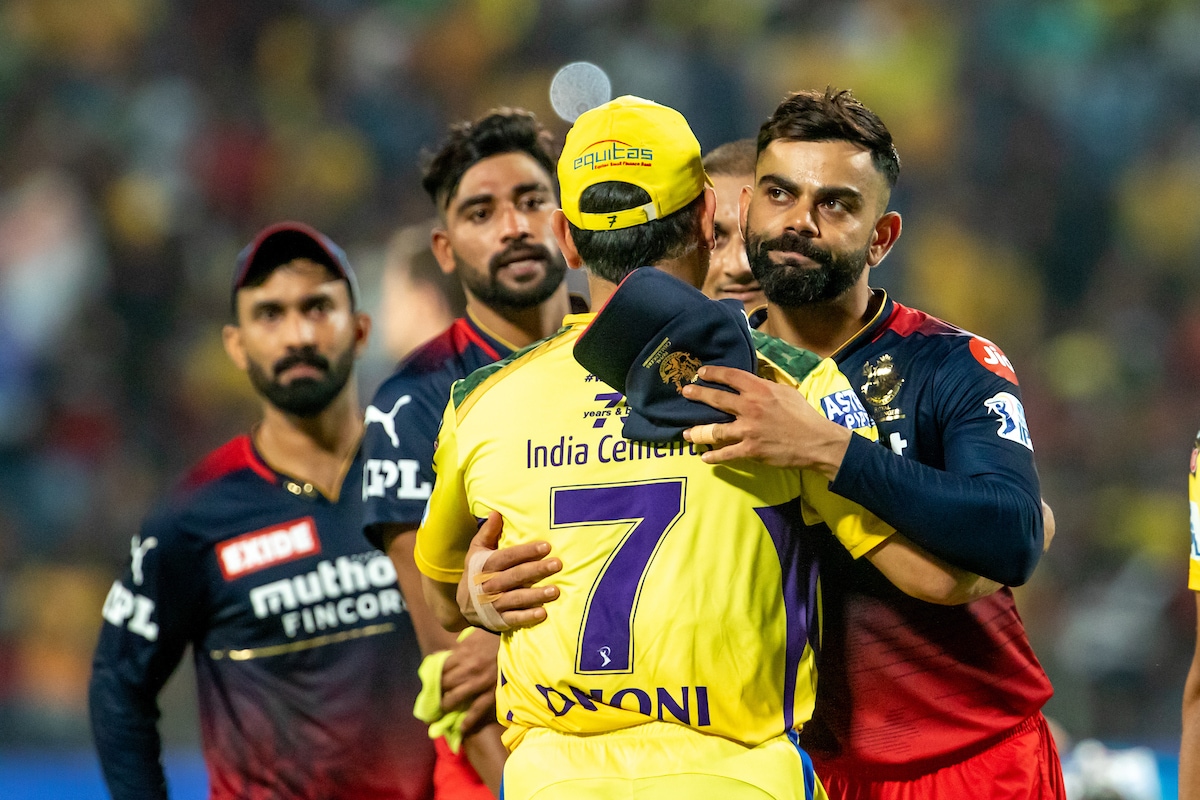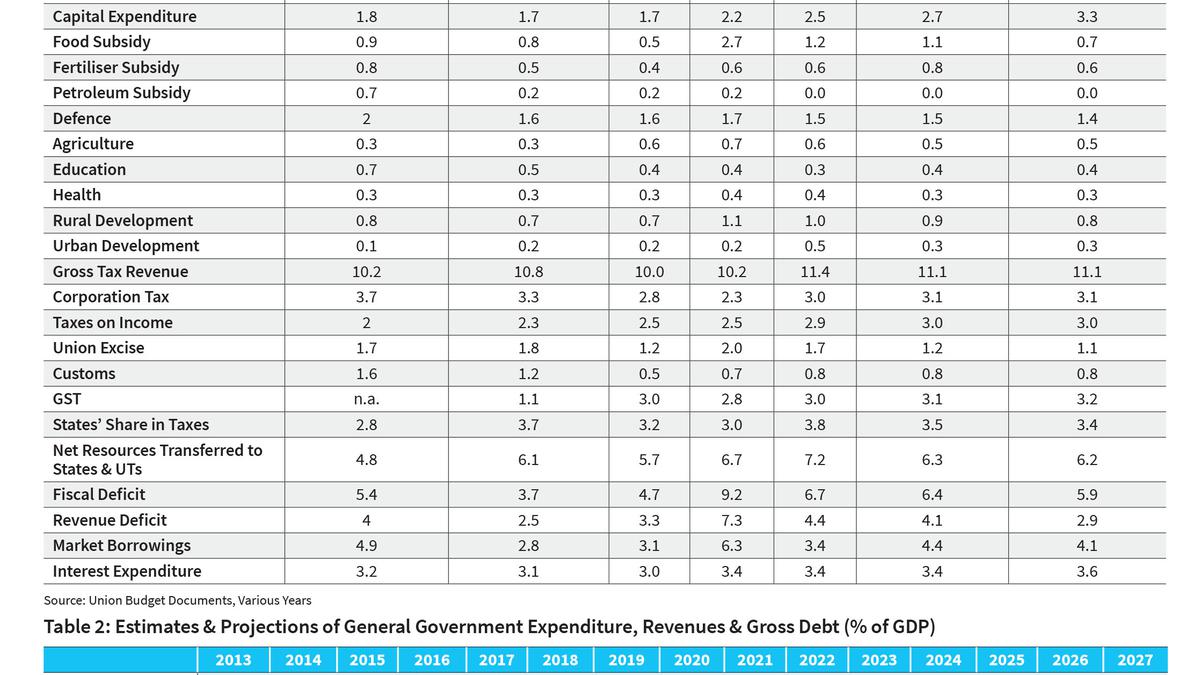He said India has been making efforts to tackle the challenge of the high cost of remittances.
Kolkata:
Reserve Bank Deputy Governor T Rabi Sankar on Friday said the high cost of remittances for countries despite the available technology was “unconscionable”, and India is in talks with more jurisdictions to make a material impact on cross-border payments.
Mr Sankar, during a virtual address at the BCC&I Indo-Pacific Economic Conclave, said according to World Bank research, global cross-border remittance in 2022 was estimated to be USD 830 billion, and India was the top recipient.
“As per the World Bank’s remittance prices worldwide database, the global average cost of a retail size of remittance (retail size – USD 200) was 6.2 per cent in the fourth quarter of 2022. For some countries, this cost can be as high as 8 per cent.
“Such a high cost in today’s context, when data connectivity is so cheap, is simply unconscionable. I believe that given the available technology, the present situation is not sustainable,” he said.
The top RBI official said India has been making efforts to tackle the challenge of the high cost of remittances, and the newly introduced central bank digital currency (CBDC) offers a potential solution in this context.
“If we come up with a technologically viable solution to link the CBDC systems across countries, it can dramatically bring down cost of cross-border payments by completely bypassing the legacy correspondent banking system,” Mr Sankar said.
He, however, said this will require international cooperation and agreement on multiple legal and technological protocols, “something which should be quite doable in today’s hyper-connected global economy”, especially when the welfare gains are substantial.
“We are in talks with some other jurisdictions to make a material impact on the high cost of remittances,” said Mr Sankar.
In February this year, India and Singapore had enabled the UPI-PayNow linkage to enable users in either country to make convenient, safe, instant and cost-effective cross-border transfers using their respective mobile apps.
“We have followed up on this in July by signing an MoU with the Central Bank of the UAE (for) cooperation regarding interlinking on mutual payments and messaging systems, among other things,” Mr Sankar added.
The RBI deputy governor also talked about the risks that private digital currencies pose for countries like India and other emerging economies.
Such currencies impede the ability of emerging market countries to manage their external sector or maintain policy independence, he said.
“Within the set of private virtual currency, the inherent flaws, vulnerabilities and risks posed by stablecoins outweigh their purported benefits. In fact, all the perceived benefits of stablecoins can perhaps be more easily and responsibly achieved by linking CBDCs or fast payment systems of differential jurisdictions,” Mr Sankar said.
Meanwhile, speaking at a special session on ‘India Leads – Towards 3rd Largest Economy’, Ajay Seth, Secretary, Department of Economic Affairs, called for more private investment in the infrastructure sector, and a “creative redevelopment” of cities.
“That is a sector in particular, which is attracting very little private capital. At the moment, just about 5 per cent of investment in infrastructure is coming from private capital. And, that is not sustainable in the sense that capacities of the governments are limited, and thereby, we have to create opportunities for the private sector to come in.
“Our journey in the future will depend on the quantum of our success in the ‘Amrit Kaal’. The role of our cities and an orderly transition to urbanisation is going to play a major part,” Mr Seth said.
Prime Minister Narendra Modi has described the coming 25 years until the centenary of India’s Independence in 2047 as ‘Amrit Kaal’.
Mr Seth said more focus is required on the energy sector, which at present is “not exactly open for the market forces”.
The cost recoveries in the sector are not optimum for economic forces to have a sound play, he said.
The senior government official also listed reskilling and financial sector efficiencies in terms of cost and ease of intermediation as critical aspects in India’s journey towards becoming the third largest economy in the world.
Waiting for response to load…










